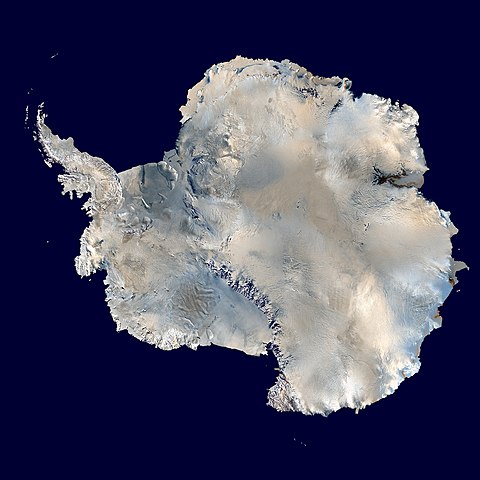We just learned about
Mount Erebus.
Another part of Antarctica is the
Antarctic Ice Sheet.
Antarctica is almost totally covered with ice.
About 98 percent is ice, which is close to the whole thing!
The huge chunk of ice covering it all is called the Antarctic Ice Sheet.
It is over 5 million square miles total, and it weighs over 26 million gigatons, which is over 58 quintillion pounds!
A quintillion is a number with 18 zeroes, so that's 58,000,000,000,000,000,000 pounds of ice!
The oceans are all made of salt water, but the ice is made of fresh water.
Over half of the fresh water in the world is stored in this huge ice sheet.
In East Antarctica, the ice is sitting on top of some other land like rocks.
But on the west side, the ice goes way down below the water, over 8,000 feet!

(from: wikipedia -
antarctic ice sheet)
Kid Facts - Blast from the past: Sonora






